© Terry McNamee 2014
The Preakness Stakes is run two weeks after the Kentucky Derby, the first jewel in the Triple Crown, and three weeks before the third jewel, the Belmont Stakes. It is called the Run for the Black-Eyed Susans for the floral drape used to decorate the winning horse. The winner receives the Woodlawn Vase.
The first Preakness was held in May 1873 for 3-year-olds at 1-1/2 miles. Twelve thousand spectators watched Survivor win by 10 lengths. Over the years, the Preakness moved around to different tracks, but returned to Baltimore permanently in 1909. After being run at different distances, in 1925 it was set at 1-3/16 miles. The Preakness was not run in 1891, 1892 or 1893, but has been contested every year since.


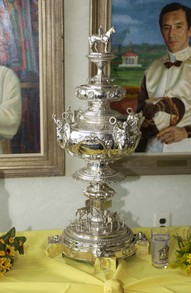
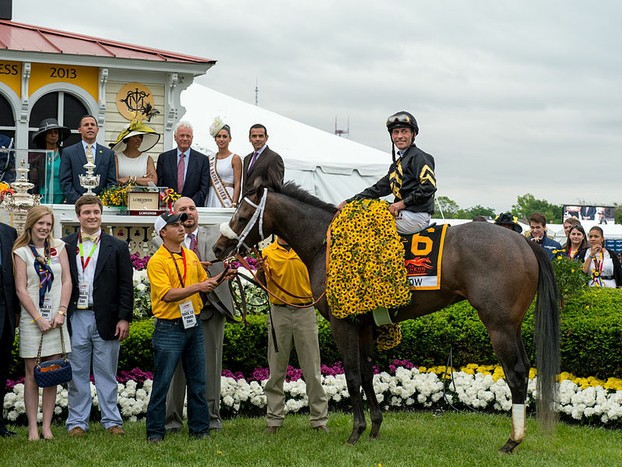
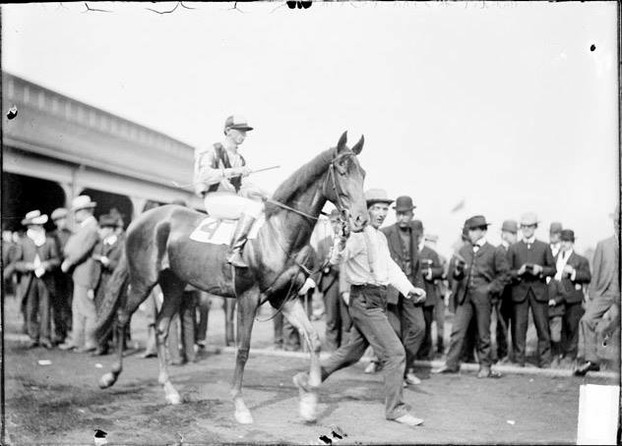
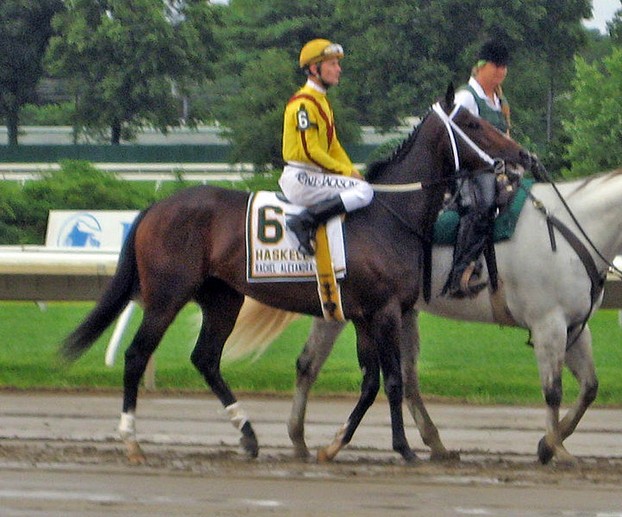
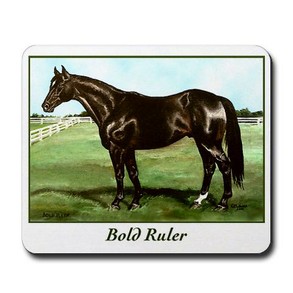
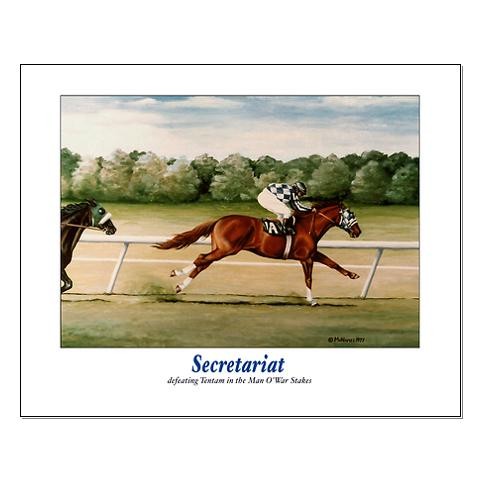








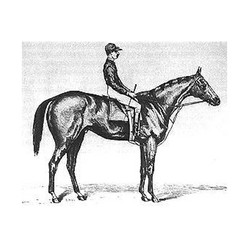

 Versatile Nova Scotia Duck Tolling Retrieverson 08/02/2014
Versatile Nova Scotia Duck Tolling Retrieverson 08/02/2014
 Should You Spay or Neuter Your Puppy?on 08/12/2014
Should You Spay or Neuter Your Puppy?on 08/12/2014
 Dinosaurs Will Be On Display in Trenton, Ontario, Canadaon 07/29/2013
Dinosaurs Will Be On Display in Trenton, Ontario, Canadaon 07/29/2013
 Showing Model Horses: 45 Years of Fun and Friendshipon 05/30/2013
Showing Model Horses: 45 Years of Fun and Friendshipon 05/30/2013

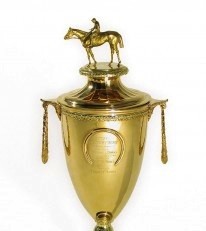
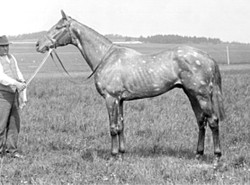
Comments
The Preakness was not held in those years due to financial issues at Pimlico. For the same reason, the race was moved to Morris Park in 1890, then cancelled altogether for three years. Then it moved to Brooklyn from 1894 to 1908, not returning to Pimlico until 1909.
The second paragraph in your introduction ends with "The Preakness was not run in 1891, 1892 or 1893, but has been contested every year since."
Why was the second jewel in the racing crown not held in those three years?
Were the first and the second jewels in the racing crown still held?